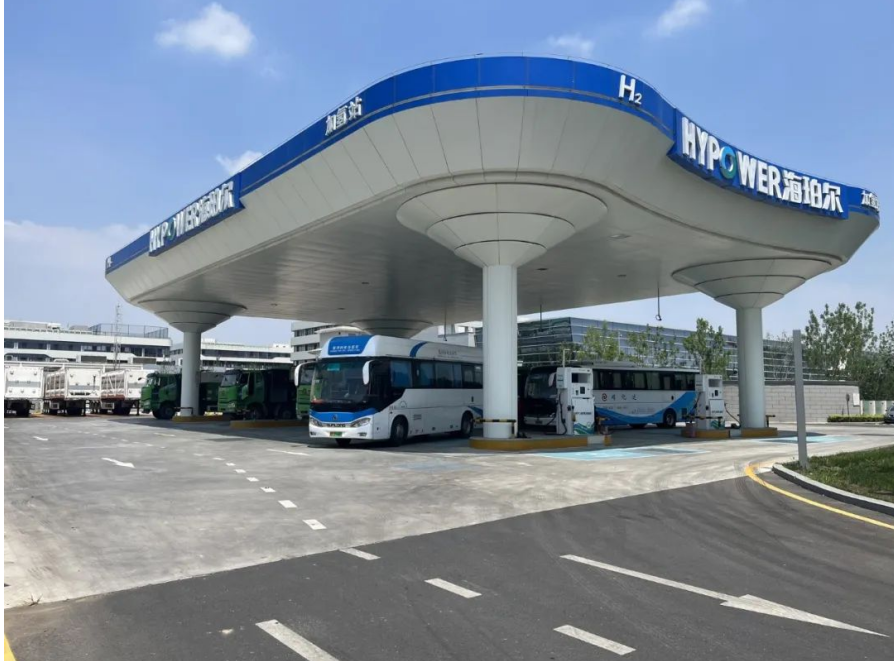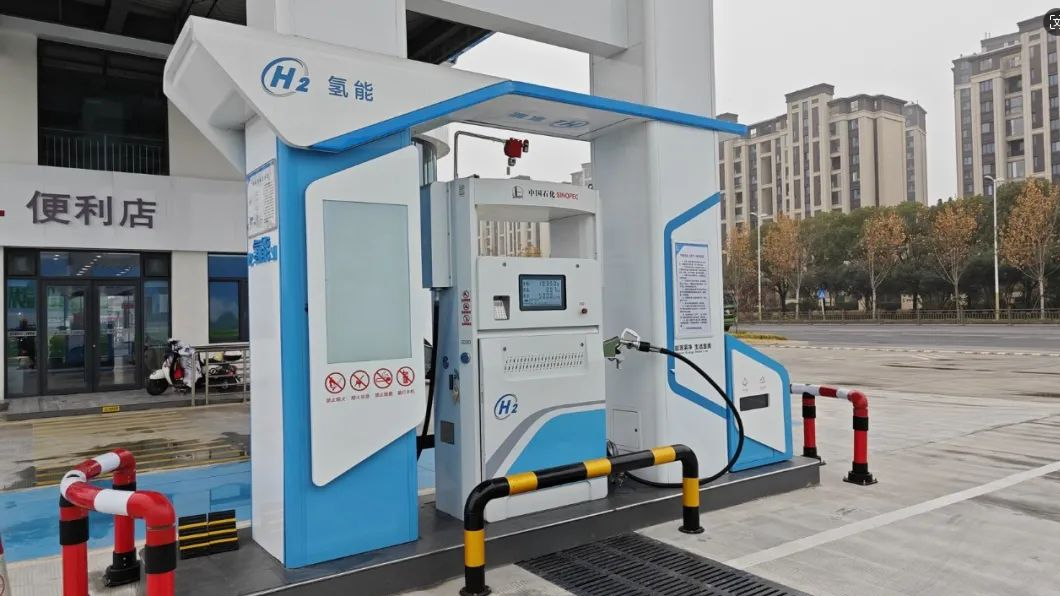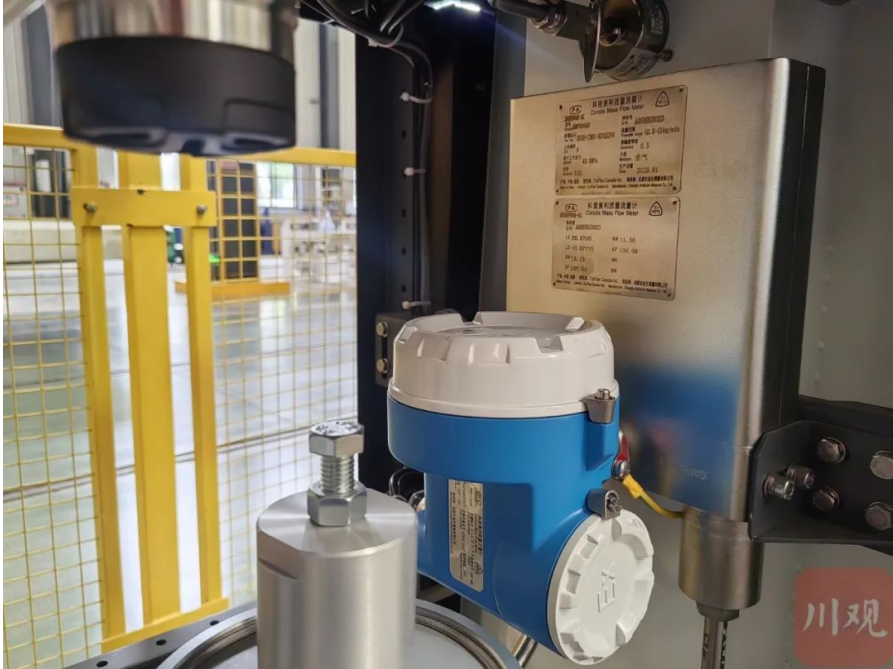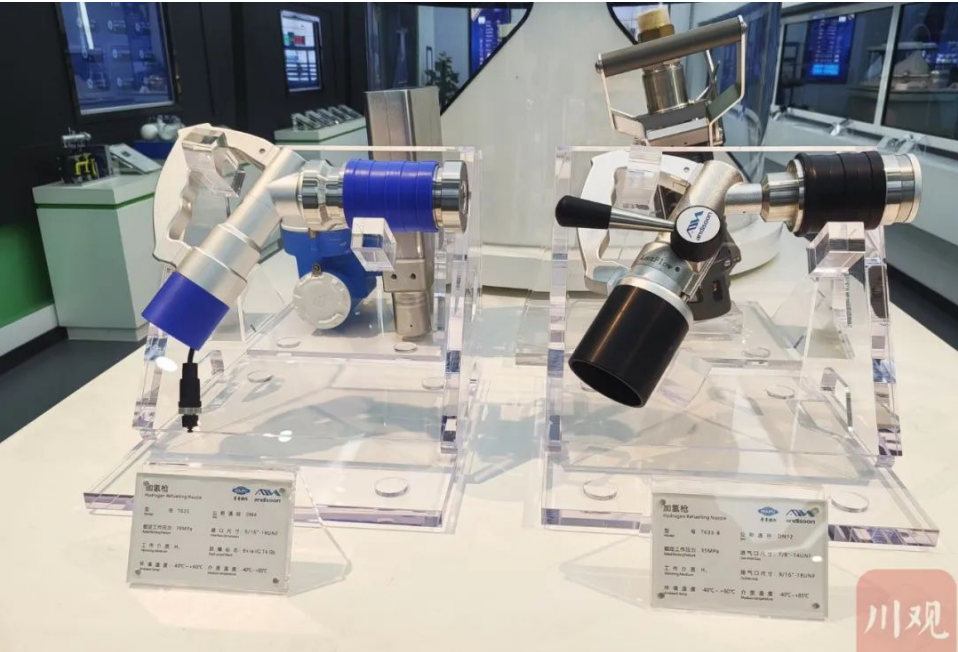Key Equipment Localization for Hydrogenation
When you refuel at a hydrogen station, the display screen shows the rolling values of quantity and amount. The determination of these values relies on the hydrogen mass flow meter hidden inside the station. To transfer hydrogen from the station to a hydrogen-powered truck, a hydrogen refueling nozzle is an essential device. "For a long time, the core equipment of hydrogen stations, represented by hydrogen mass flow meters and hydrogen refueling nozzles, has required extremely high craftsmanship and has been reliant on imports. For example, hydrogen refueling nozzles are expensive, with a set costing more thanUSD15,000.00 and the payment terms are stringent, an industry insider explained. The maintenance costs are also high; if repairs or replacements are needed, the equipment must be sent overseas, which is both time-consuming and costly.
With the continuous growth in the construction of hydrogen stations over the years, reducing costs and capturing the vast future market requires breakthroughs in the key technologies of core equipment. However, hydrogen is the least dense and lightest element, making it difficult to measure accurately. 'The high-pressure environment in which hydrogen exists requires mass flow meters to be equipped with thicker pipes to meet higher pressure requirements; on the other hand, due to hydrogen's low density, precise measurement of small flow rates necessitates that the pipe walls not be too thick,' explained the R&D manager at Andisoon, ‘This process is like finding a balance on a seesaw.
A hydrogen mass flow meter mainly utilizes the Coriolis principle. Common flow meters measure volume and density to indirectly calculate mass flow, while a Coriolis flow meter directly obtains the fluid's mass flow through signal characteristics, resulting in more accurate measurements. When the fluid passes through the flow meter sensor, it generates extremely weak signals. These signals are detected by the detection coils, and the phase difference is measured to calculate the final hydrogen mass flow." Therefore, for hydrogen mass flow meters, the processing precision of the pipes and sensors, as well as digital signal processing, are crucial. Based on the experience accumulated in natural gas metering instruments, ANDISOON established an analytical model to find a "balance point on the seesaw," meeting the requirements for measuring small flow rates and high pressures. After long-term efforts, they achieved the localization of flow meters, replacing imports with domestically produced alternatives. Compared to gasoline station fuel nozzles, hydrogen station refueling nozzles are structurally more complex and integrate multiple functions due to the high-pressure environment of hydrogen. Currently, the hydrogen refueling nozzle market is divided into two pressure levels: 35 MPa and 70 MPa, with the mainstream pressure level in domestic hydrogen stations being 35 MPa.
The challenge of securely containing hydrogen, which easily escapes and operates under high pressure, is a major hurdle for researchers. "The sealing medium of hydrogen refueling nozzles is hydrogen itself, requiring seals to withstand 100,000 cycles over their lifecycle, ensuring internal components can operate smoothly under high pressure without leaking small molecule gases. Especially at the connection and dynamic sealing of the hydrogen refueling nozzle, safety and prevention of hydrogen leaks are critical areas. In 2017, ANDISOON embarked on the development of hydrogen refueling nozzles, overcoming technical bottlenecks through rigorous testing including gas tightness, handle operation, and operational lifespan. By 2019, they achieved domestic production substitution following on-site evaluations at hydrogen stations. In 2020, we developed China's first 70 MPa hydrogen refueling nozzle with infrared communication capabilities. Operating at 70 MPa means the nozzle must withstand pressures up to 700 kg/cm², imposing higher design requirements." Unlike gasoline refueling where internal sensors detect when the tank is nearly full and immediately send a signal to 'shut off,' during 70 MPa hydrogen refueling, all valves cannot be fully opened simultaneously. If fully opened, hydrogen molecules would collide and compress, generating substantial heat that rapidly raises cylinder temperature, posing safety risks. Therefore, refueling rates must be controlled during hydrogen refueling. Infrared communication allows communication with vehicles, reading hydrogen bottle pressure, temperature, capacity, and other information to control refueling rates in real-time, ensuring safety." ANDISOON independently developed 35 MPa/70 MPa hydrogen refueling nozzles are now widely used in projects such as the Beijing Winter Olympics hydrogen station and the first hydrogen energy demonstration sites in provinces like Guangdong, Sichuan, and Anhui. This breakthrough has broken foreign market monopolies and helped reduce equipment costs for hydrogen station construction. |







